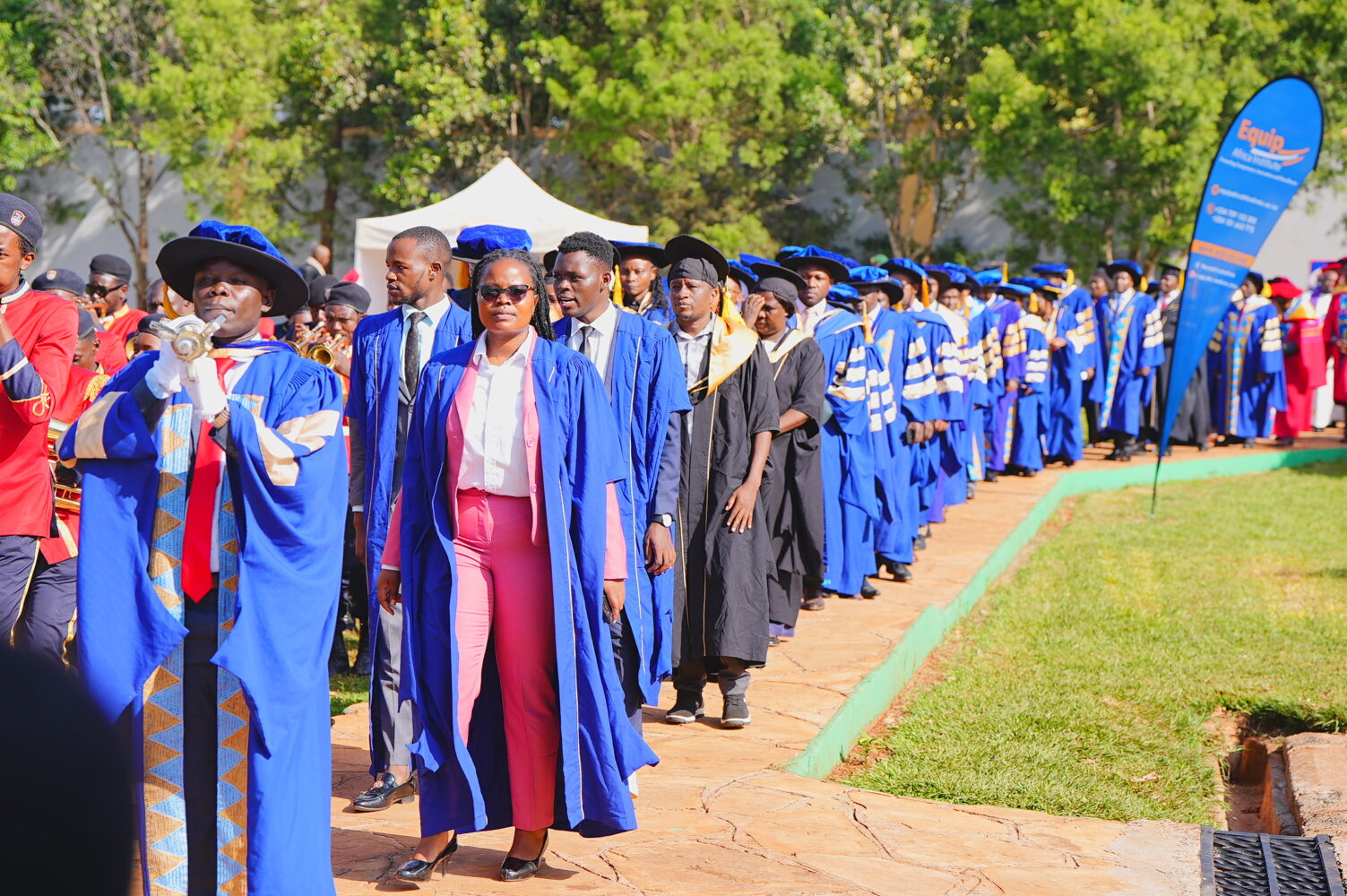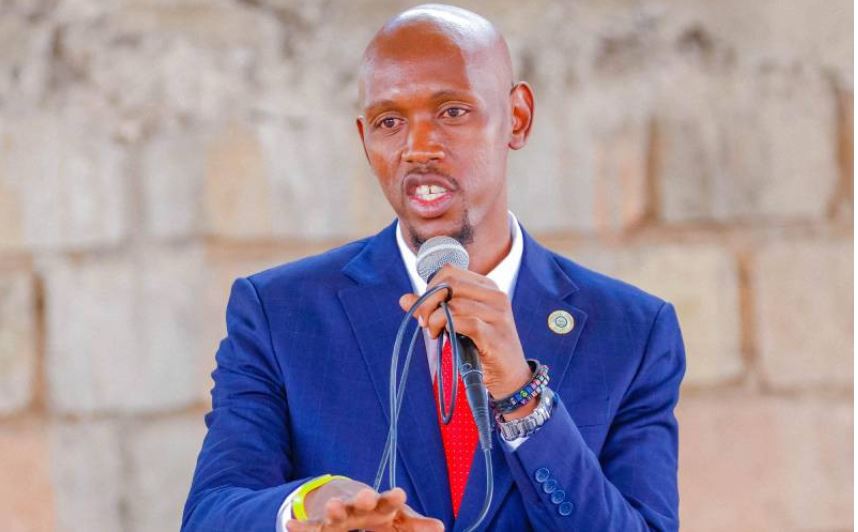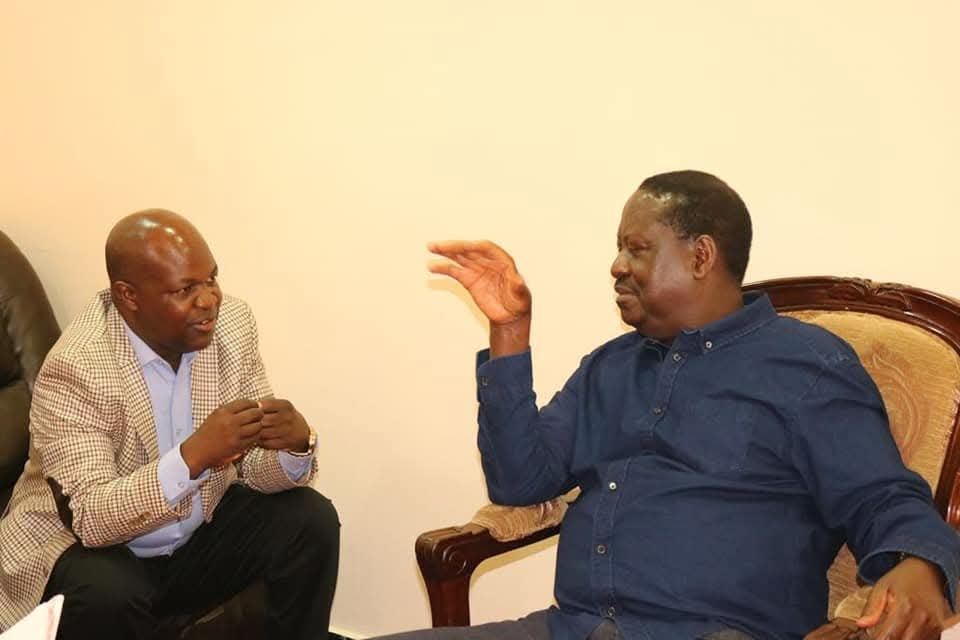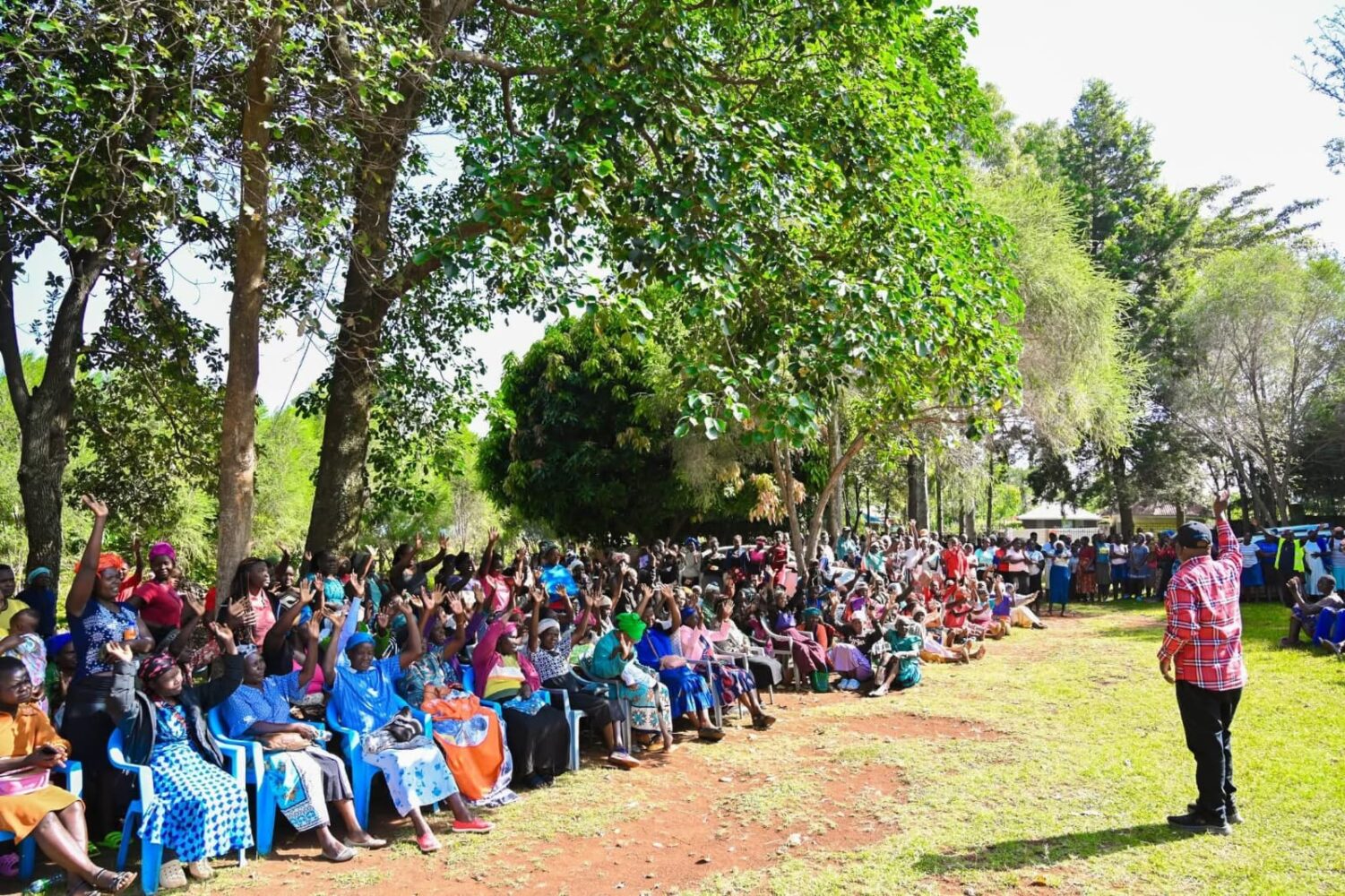The National Association of Private Universities in Kenya (NAPUK) is proposing the establishment of an independent, professionalised body to manage higher education funding.
While citing the need for a more futuristic and sustainable model beyond reliance on the Exchequer, NAPUK says the new body— under the name and style of the National Students Financial Aid Corporation—should be given capacity to source funding from both local and international partners.
In a proposal to Education Cabinet Secretary Julius Ogamba, NAPUK Chairperson Prof. Simon Gicharu underscored the need for the independent body to explore other revenue raising measures such as education bonds, unclaimed financial assets as well as training levies from employers.
“While potentially unpopular, other measures could include imposing levies on the profits of institutions or individuals that benefit from specified types of training. The proposed Corporation could also establish an endowment fund and generally, be able to invest with an eye to the future. Importantly, the mechanisms for recovery of due loans should be effective and efficient,” the proposal dated February 11, 2025 reads in part.
Why the proposed corporation?
NAPUK notes that before the current cost-sharing model was introduced in the 1990s, the government used to fully finance university education. And while this was possible because of the relatively low numbers joining university at the time, the private universities association says a heavily grant-based model is not sustainable due to the growing student enrolment, and the subsequent declining capacity of the Exchequer due to competing demands, funding universities and university students.
The Higher Education Sector and more so the University sub-sector has grown exponentially over the last fifteen years. In particular, the number of universities; both public and private has grown, to over 79 institutions to date… For instance, in 2013, the total enrolment in the universities stood at 361,379. By 2022, the enrolment had grown to 620,480 students.
Furthermore, the number of students qualifying for direct admission to university has been growing every year. From the 2022 Kenya Certificate of Secondary Education (KCSE) cohort, a total of 173,127 students qualified to join university. The number grew to 201,133 in 2023, and to 246,391 in the 2024 cycle.
The same trend of growth applies to TVET institutions. The enrolment in TVET institutions has grown from 60,667 trainees in 2018 to 327,778 trainees in 2022. Currently, the enrolment stands at approximately 460,000 trainees.
It is for this reason that NAPUK says continuing with the status quo would lead to consistent underfunding in a number of public and private universities where Government Sponsored Students are placed in selected Programmes.
“Such underfunding has run into financial doldrums, with huge accumulated pending bills, now estimated at almost KSh80 billion. These bills are made up of unpaid tuition fees, unremitted statutory deductions, as well as outstanding salaries and pension payments for staff. The financial challenges may not be as pronounced in the TVET sub-sector, largely because the personnel emolument component for the trainees is paid for within the general context of the public service.”
‘Policy-makers to think into the future’
Idealy, NAPUK is urging policy-makers in the education sector to think into the future, and design a funding model that will support both research and studies in Kenyan universities in a sustainable manner.
This model, NAPUK insists, has to be sustainable both in terms of institutional and conceptual design. In terms of institutional design, it is proposed that, as was recommended by the Presidential Working Party on Education Reform, the Universities Fund and the Higher Education Loans Board should be merged into a single, professionalised body, with the mandate to fund both study and research.
The merging of the two Semi-Autonomous Government Agencies was approved by the Cabinet in its sitting of 21 January, 2025, held at State Lodge Kakamega. This merger had also been recommended in the final report of the Presidential Working Party on Education Reform.
NAPUK has also called upon the government to take advantage of the legal hurdles facing the New Funding Model to rethink the whole question of the funding of higher education.
NAPUK advises that the Model should “depart from a social-welfare orientation and move towards greater sustainability by funding students through loans that would be recoverable in future… The focus of the Government should be on promoting access by reducing the financial burden on the students and the parents, while also ensuring that it retains the ability to provide the same kind of support for the students seeking opportunities in the future”.
It adds: “This approach may be complemented with a level of performance-based scholarship grants, only to such a limit as the Government can afford in any given financial year but hinged on highly prioritised Government Programmes which are not necessarily market driven. Beyond this, the other students, whether in public or private universities, are to be supported through appropriate and inclusive loan products focused on tuition fees, books, and upkeep.”
The proposed National Students Financial Aid Corporation, Prof. Gicharu says, is modeled after South Africa’s National Student Financial Aid Scheme (NSFAS).
Other than funding from the government, NSFAS has other funding channels, which include donations and contributions from other parties. One of the mandates of the Scheme is to broaden funding channels.












